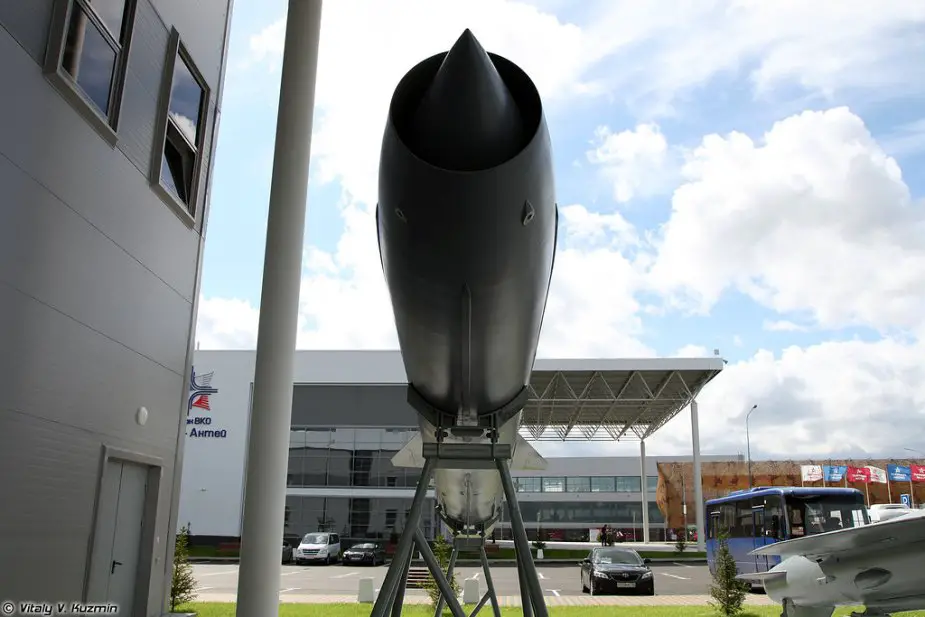Breaking news
Russia is developing a unique system capable of launching Tsirkon & Onyx missiles.
According to information published by Tass on November 24, 2022, the Tsirkon seaborne hypersonic missile system will also be able to launch Oniks hypersonic missiles, a source close to the Defense Ministry told TASS.
Follow Navy Recognition on Google News at this link
 P-800 3M55 Oniks / Yakhont anti-ship cruise missile, Army 2017, Russia. (Picture source: Vitaly V. Kuzmin)
P-800 3M55 Oniks / Yakhont anti-ship cruise missile, Army 2017, Russia. (Picture source: Vitaly V. Kuzmin)
The P-800 Oniks (Onyx), also known in export markets as Yakhont, is a Soviet / Russian supersonic anti-ship cruise missile developed by NPO Mashinostroyeniya as a ramjet version of P-80 Zubr.
Its GRAU designation is 3M55, the air-launched Kh-61 variant also exists. The missile has the NATO codename SS-N-26 "Strobile". Development officially started in 1983, and in the 1990s the anti-ship missile was tested on the Project 1234.7 ship.
In 2002 the missile passed the whole range of trials and was commissioned. It is reportedly a replacement for the P-270 Moskit, and possibly also of the P-700 Granit.
It is believed that supersonic anti-ship missiles are practically invulnerable to modern air defense systems. The radar homing head allows the Onyx to accurately destroy both surface and ground targets. Planes, helicopters with certain radars, ships, and submarines are used to detect targets.
Among the interesting features of the Onyx: each missile has its own individual container, which allows for the diagnosis of equipment without removing the charge, as well as making it easy to transport the missile.
The missile is two-stage, with a combined propulsion system, and can reach a maximum speed of 3182 kilometers per hour at altitude, and 2448 kilometers per hour near the ground. The flight range reaches 600 kilometers.
The flight altitude in the marching section is 14 kilometers, in the terminal section it is 10-15 meters. An inertial system with radio altimeter is used on the march leg, and on the final leg an active-passive radar homing head, which can detect a target at a distance of 50 kilometers, is used. Other characteristics of the missile include:





























